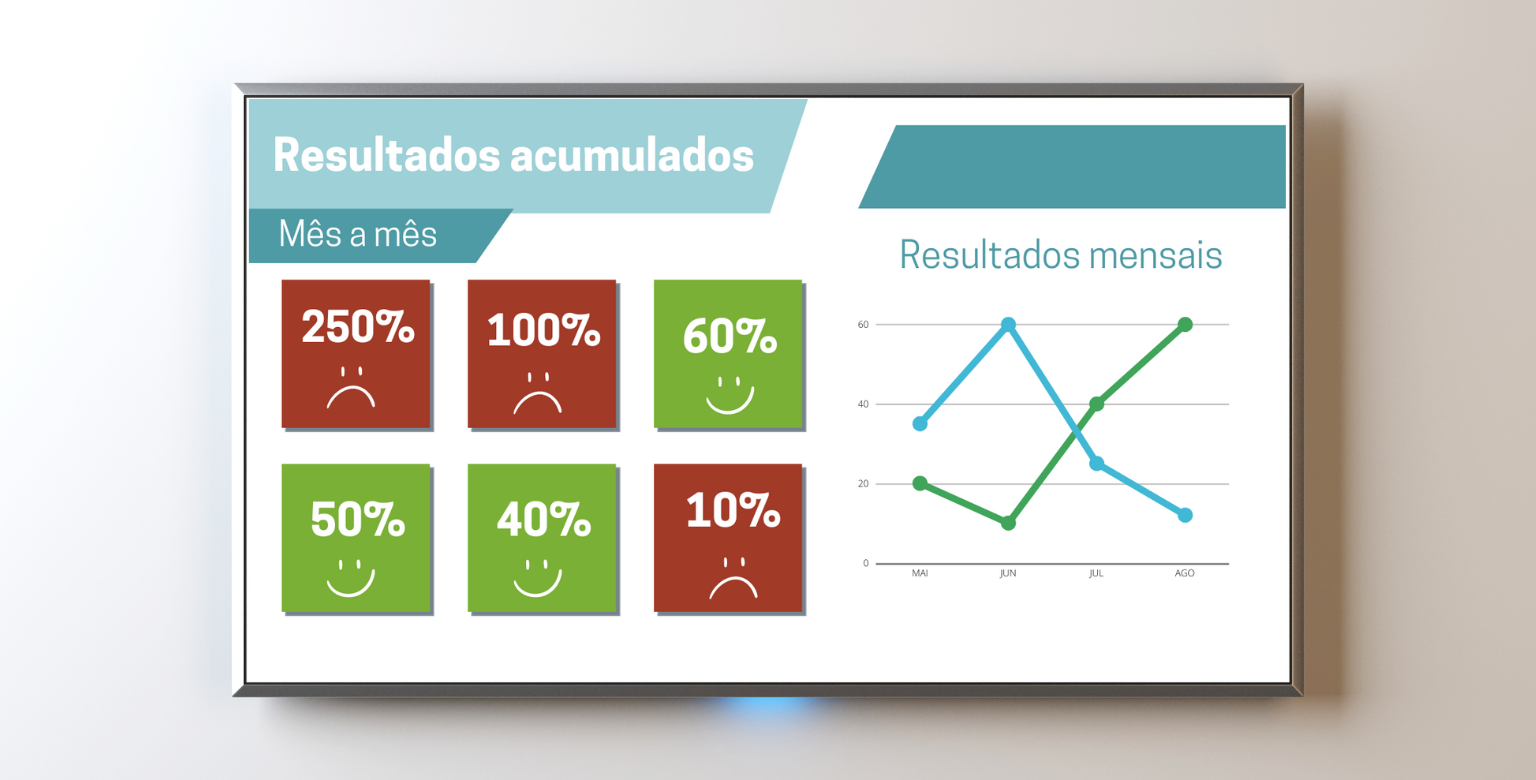This is the last post in the series digital marketing, you’ve learned how digital marketing can help your company, how to insert digital marketing through social networks, SEO techniques and on how to make your email marketing work. After all that deployed it’s time to measure the results of your marketing strategy and this post will tell you what is the best way.
Choose useful tools before starting a digital marketing campaign in place is critical. According to the marketing analyst Rodrigo Thiago, it is important to monitor the results of actions, even more when this monitoring can be done in real time.
The analyst said, that these platforms will reduce search time and data analysis, contributing reports to expedite the evaluation of information from its digital channels.
Google Analitics, for example is one of these platforms. A free tool, where it is only necessary to configure the codes provided by the platform on your website or in your blog. From the Rock Guide Content split up some metrics from Google Analitics:
- Session/visits: the number of sessions shows the total visits to your site or blog received in that period being analyzed. The chart presented at that time shows the audience that page: how many people have accessed your Web site and what the average total traffic that you have achieved with their strategies. This helps to find out if the content you are producing is being consumed;
- Users/visitors: how many people visited your site or blog, only once in that period;
- Pages per visit: the average number of pages each user of your blog or site visit along the access is fundamental to understand how he has behaved on the content that is being made available for you in the online world;
- Bounce rate: also called “bounce rate”, the percentage of people who eventually left their blog or website after view only one page. In the case of blogs, for example, a reject rate of 70%, despite the high number, it’s not a bad metric, since the user tends to read an article and get out later;
- Average length of session: the average length of session can be connected to the time that the user was reading your content, this means the duration time spent in a publication, website or blog.
- Acquisition channels: the platform also allows you to discover what are the sources of traffic that led users to your site. This metric is critical to know how to optimize the actions that you have done. If your focus is to increase the number of visitors to your blog, find out what channel that has given more results and what has brought fewer numbers to you and reset the investments in their marketing strategy.
Learn all about digital marketing, in previous posts.
How digital marketing can help your company




